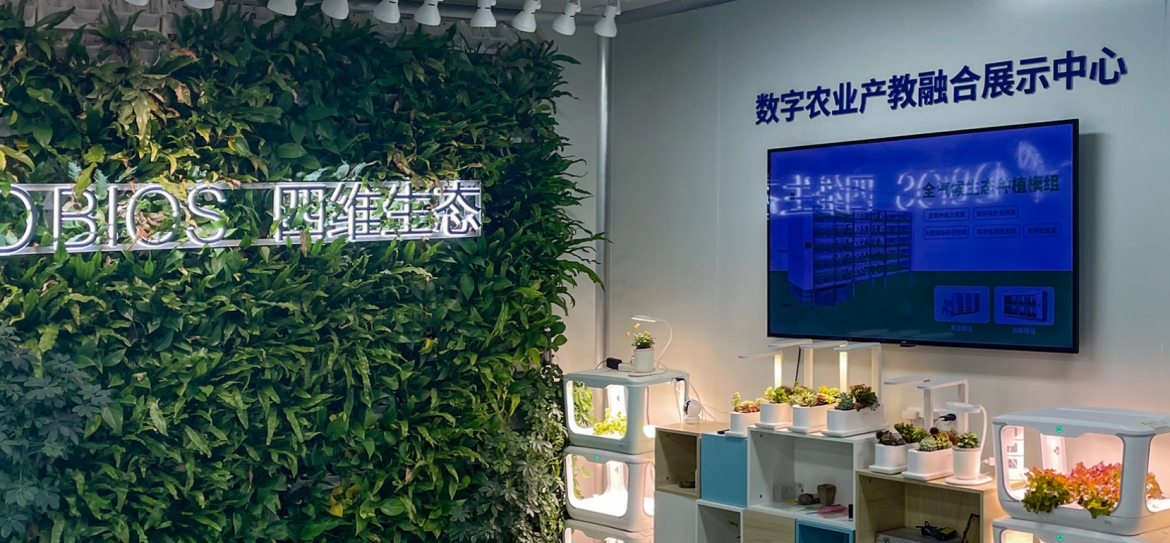Rapid urbanization is creating significant challenges for conventional food production and distribution. Urban farming is emerging as a viable solution to address these issues by enabling local food production within city environments. By growing crops closer to urban consumers, it reduces transportation distances, cuts down on carbon emissions, and ensures fresher produce. Moreover, vertical farming techniques allow for a more efficient use of limited space, transforming rooftops, warehouses, and even unused industrial areas into productive agricultural sites. This approach provides a sustainable solution for cities striving to meet rising food demand while maintaining environmental responsibility.
Leveraging Vertical Systems for Space and Yield Optimization
Vertical farming represents a key advancement in urban farming strategies. By stacking multiple layers of crops in controlled environments, growers can significantly increase production per square meter. Modern vertical farms often incorporate advanced LED lighting to simulate optimal sunlight conditions, hydroponic and aeroponic nutrient delivery systems, and climate-controlled settings to regulate temperature, humidity, and CO₂ levels. These systems ensure consistent growth and high-quality yields regardless of seasonal changes. In cities across Europe, North America, and the Middle East, vertical farming is being adopted not only for its efficiency but also for its ability to provide year-round fresh produce in areas with limited arable land.
Integrating Technology and Automation for Efficient Production
The role of technology is crucial in modern vertical farming. 4D Bios exemplifies this by offering comprehensive plant factory solutions that integrate automation, AI-driven environmental controls, and precise crop nutrition management. Their approach utilizes industrialized production methods to improve cultivation uniformity, optimize yield, and increase overall production efficiency. Automated lighting schedules, nutrient dosing systems, and monitoring sensors reduce manual intervention while maintaining high standards of crop quality. These solutions are particularly appealing to experienced operators who seek predictable and scalable results in urban agricultural settings. By combining these innovations, 4D Bios helps create a reliable and consistent method for cultivating various crops on a large scale.
Conclusion
The adoption of urban farming is gaining momentum in key global markets, including Australia, Singapore, the Gulf countries, Europe, and North America. In these regions, supportive policies and incentives for sustainable agriculture encourage investment in modern plant factory technologies. Urban vertical farming enables cities to enhance food security, reduce environmental impact, and develop resilient local supply chains. Companies like 4D Bios are at the forefront of this transformation, providing integrated solutions that combine vertical growing systems, advanced LED lighting, nutrient management, and automation. Their expertise ensures that large-scale production can be carried out efficiently and sustainably, addressing the growing urban demand for fresh and high-quality produce.


